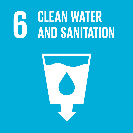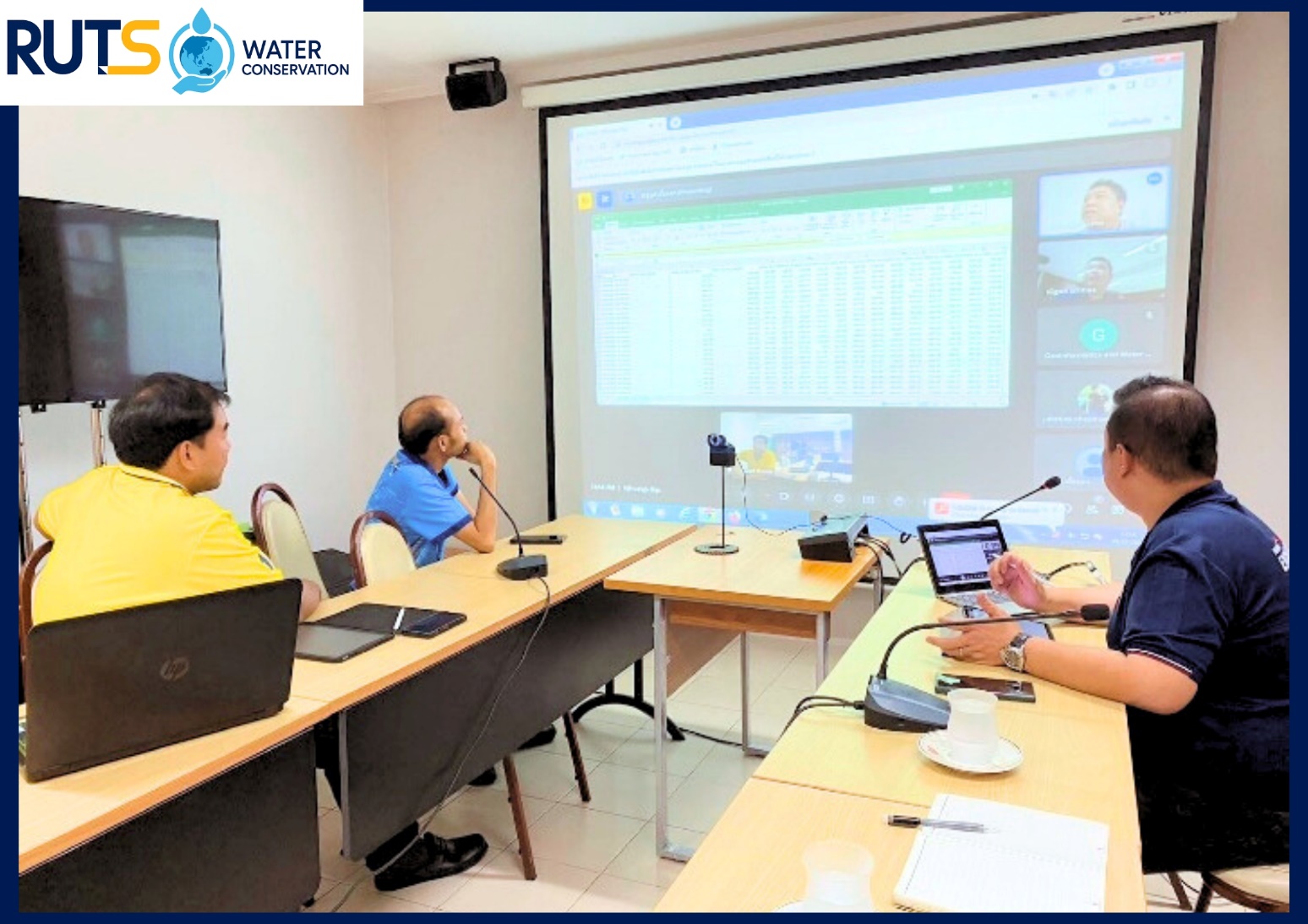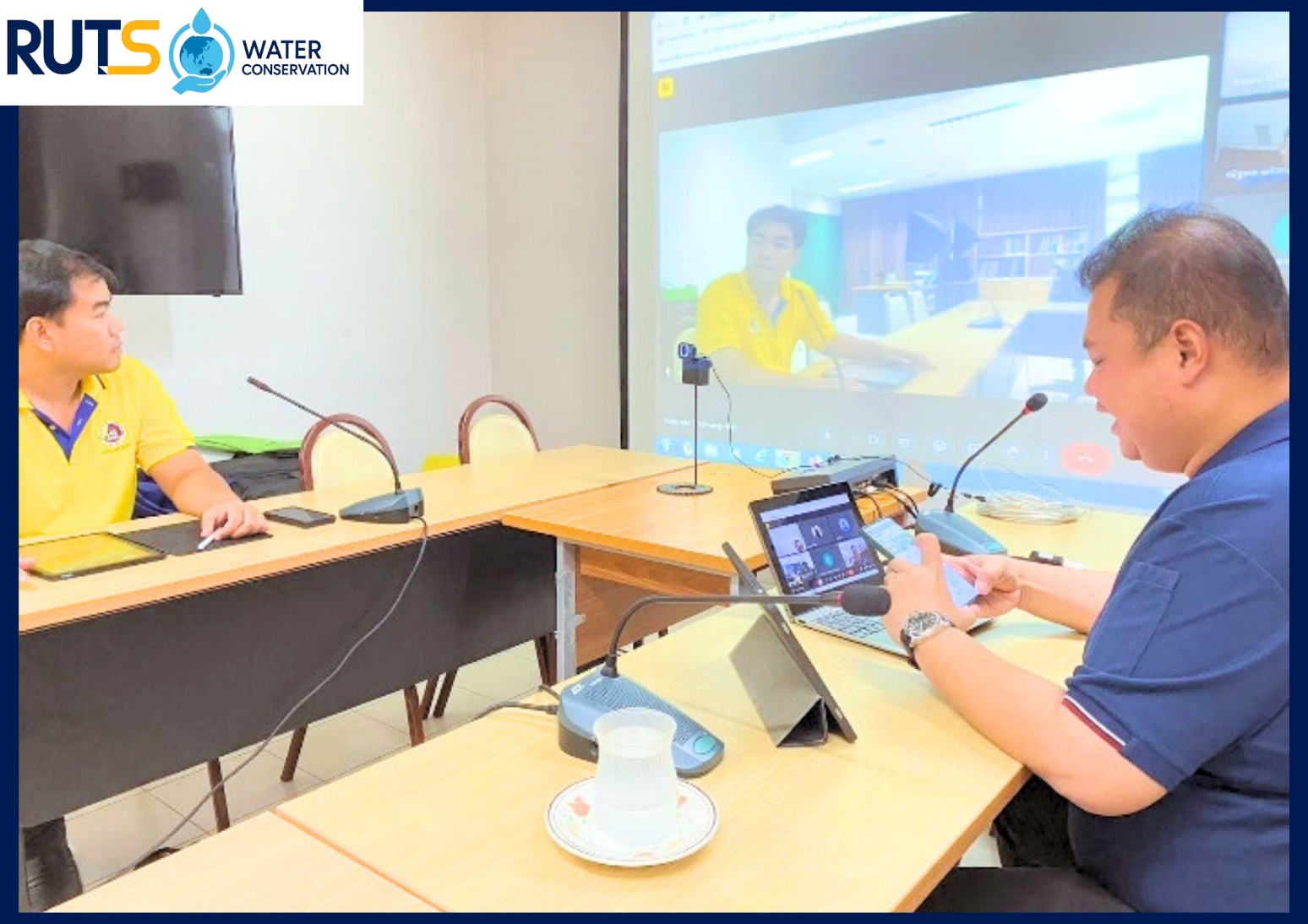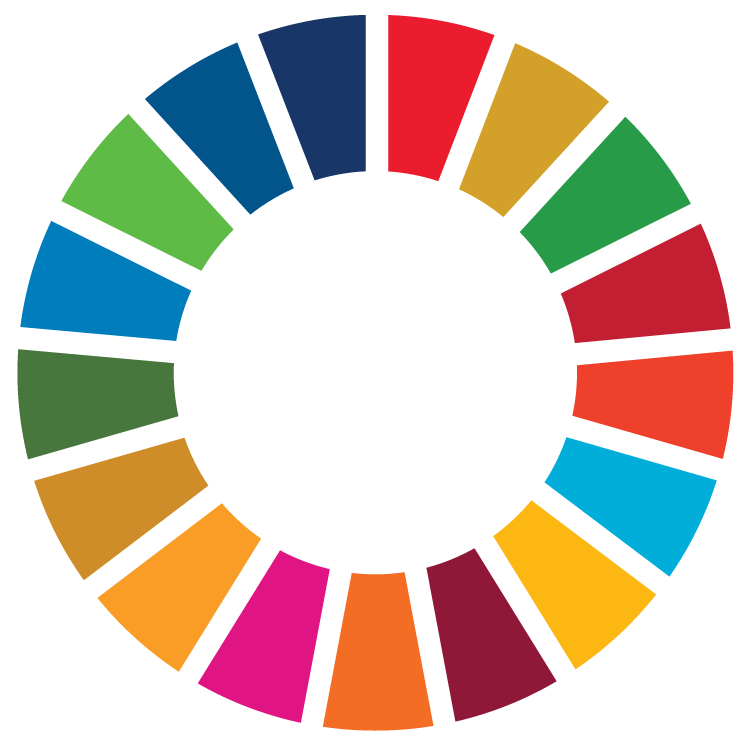Reporters: Mr. Sujinda Saehan, Mr. Ekkajak Intarat, Mr. Nitigon Jumniansuk, Mr. Thanet Sangseejun
Evidence Date: October 10th, 2024
Related SDGs: 
Related Indicators: 6.3.1, 6.3.2, 6.5.1, 6.5.3, 6.5.4, 6.5.5, 6.5.6, 6.5.7
Details:
Rajamangala University of Technology Srivijaya (RUTS), in collaboration with the Southern Eastern Meteorological Center, has initiated a comprehensive research project aimed at improving water resource management and climate resilience in the Songkhla Lake Basin. This research focuses on integrating forecasted and real-time rainfall data into a hydrological modeling system to develop a dynamic salinity modeling platform for Songkhla Lake. By combining advanced meteorological data with hydrological analysis, the project seeks to understand and predict the spatial and temporal variability of salinity levels, which is critical for maintaining ecosystem health, sustainable aquaculture, and freshwater availability for surrounding communities.


The Songkhla Lake Basin, the largest freshwater body in southern Thailand, is increasingly vulnerable to climate variability, sea-level rise, and anthropogenic pressures such as upstream water extraction and land-use changes. Salinity fluctuations have significant implications for local agriculture, aquaculture, and water supply systems, making adaptive management essential. To address these challenges, the project employs downscaled climate projections from the latest CMIP6 datasets, producing rainfall scenarios for short-term (1–5 years), medium-term (5–20 years), and long-term (20–50 years) horizons. These datasets enable researchers and policymakers to simulate the potential impacts of climate change on lake hydrology, salinity intrusion, and water availability, providing a robust scientific basis for adaptation strategies.
A key aspect of the project is its focus on supporting local agricultural communities. By providing farmers with timely information on predicted rainfall patterns and anticipated changes in water salinity, the system empowers them to implement climate-resilient farming practices. These may include adjusting crop selection, timing irrigation schedules, or adopting salt-tolerant crop varieties, which can significantly reduce crop losses and improve livelihoods. Moreover, the integration of real-time monitoring and predictive modeling facilitates proactive water management, enabling authorities to optimize freshwater allocation while minimizing the ecological impacts of salinity intrusion.
This initiative directly contributes to the United Nations Sustainable Development Goal 6 (SDG 6), which aims to ensure the availability and sustainable management of water and sanitation for all. Specifically, the project advances SDG 6 targets by promoting sustainable water resource management, improving water quality, and enhancing resilience to climate-induced water stress. The salinity modeling system supports evidence-based decision-making, helping to maintain freshwater quality, reduce the risk of saltwater contamination in agricultural lands, and protect aquatic ecosystems. In addition, the project aligns with broader sustainability goals by fostering collaboration between research institutions, government agencies, and local communities, thereby strengthening institutional capacity for climate adaptation and integrated water management.
Beyond SDG 6, the project also contributes indirectly to other development goals, such as SDG 13 (Climate Action) by promoting resilience to climate variability, and SDG 2 (Zero Hunger) by securing water resources for sustainable agriculture. The research underscores the importance of combining advanced scientific modeling with community-centered adaptation strategies, demonstrating that technological innovation and local engagement are complementary approaches to tackling the multifaceted challenges of climate change and water resource management.
In conclusion, the development of a salinity modeling system and climate change adaptation plan for Songkhla Lake represents a significant step toward sustainable water management in southern Thailand. By integrating real-time and forecasted rainfall data with advanced hydrological modeling and climate projections, RUTS and its partners are creating a powerful tool to enhance water security, support resilient agricultural practices, and protect aquatic ecosystems. This initiative exemplifies how research-driven innovation can contribute to achieving SDG 6, ensuring that freshwater resources are managed effectively for both people and the environment in the face of a changing climate.
Related Links:



